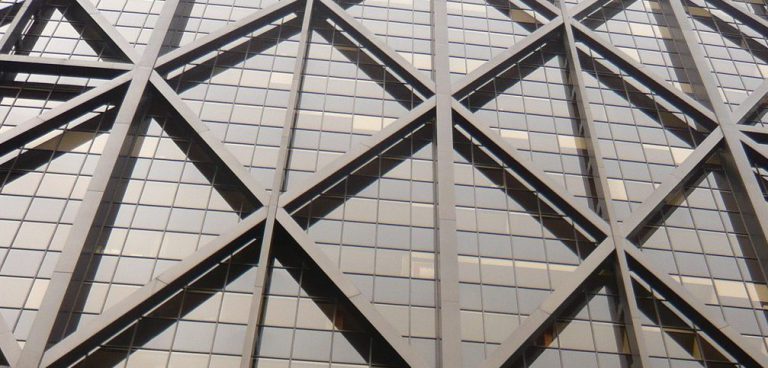The amplification factor, denoted by Ωo, is necessary to avoid any weak links in the seismic load path before the full energy dissipation potential of the main lateral-force-resisting system is realized. This factor is applied to the forces in specific elements, such as connections, bolts, welds, gusset plates, anchor bolts, columns, and collectors, to ensure that they are stronger than the maximum anticipated strength or force in the diagonal brace. For a controlled and reliable dissipation of energy, it is essential that all other portions of the load path are capable of withstanding forces greater than what the diagonal brace is expected to bear. The amplification and load combinations are specifically triggered for the mentioned elements in structural standards such as AISC 341 and ACI 318.
For instance, AISC 341 indicates that Ωo, which is usually 2.0 or greater, must be applied to anchor bolt forces in all steel buildings where R is greater than 3, unless an advanced and rigorous analysis proves otherwise.
Specific cases in ASCE 7 where the overstrength factor is used include:
- Design of elements supporting discontinuous wall or frames (Section 12.3.3.3), which applies only to systems with horizontal irregularity Type 4 of Table 12.3-1, or vertical irregularity Type 4 of Table 12.3-2;
- Design of collector elements in SDC C, D, E, or F (Section 12.10.2.1); and
- Foundations of cantilever columns systems (Section 12.2.5.2).
For example, Section 8.3 of the Seismic Provisions for Structural Steel Buildings (AISC, 2010b) requires that in the absence of applied moment the required axial and tensile column strength shall be determined on the basis of the amplified seismic load, where the amplified seismic load is defined as that load combination that includes the overstrength factor Ωo. Numerous other cases must consider the overstrength factor in steel design. ACI 318-05 also refers to the overstrength factor. For example, the factor is used in association with the design of elements of concrete diaphragms (see Section 21.9.5.3 of ACI 318).
It is worth mentioning that elements designed with the overstrength factor will not necessarily remain elastic during an earthquake. However, these elements are expected to suffer less damage than elements not designed with the overstrength factor and have a lower likelihood of failure.

